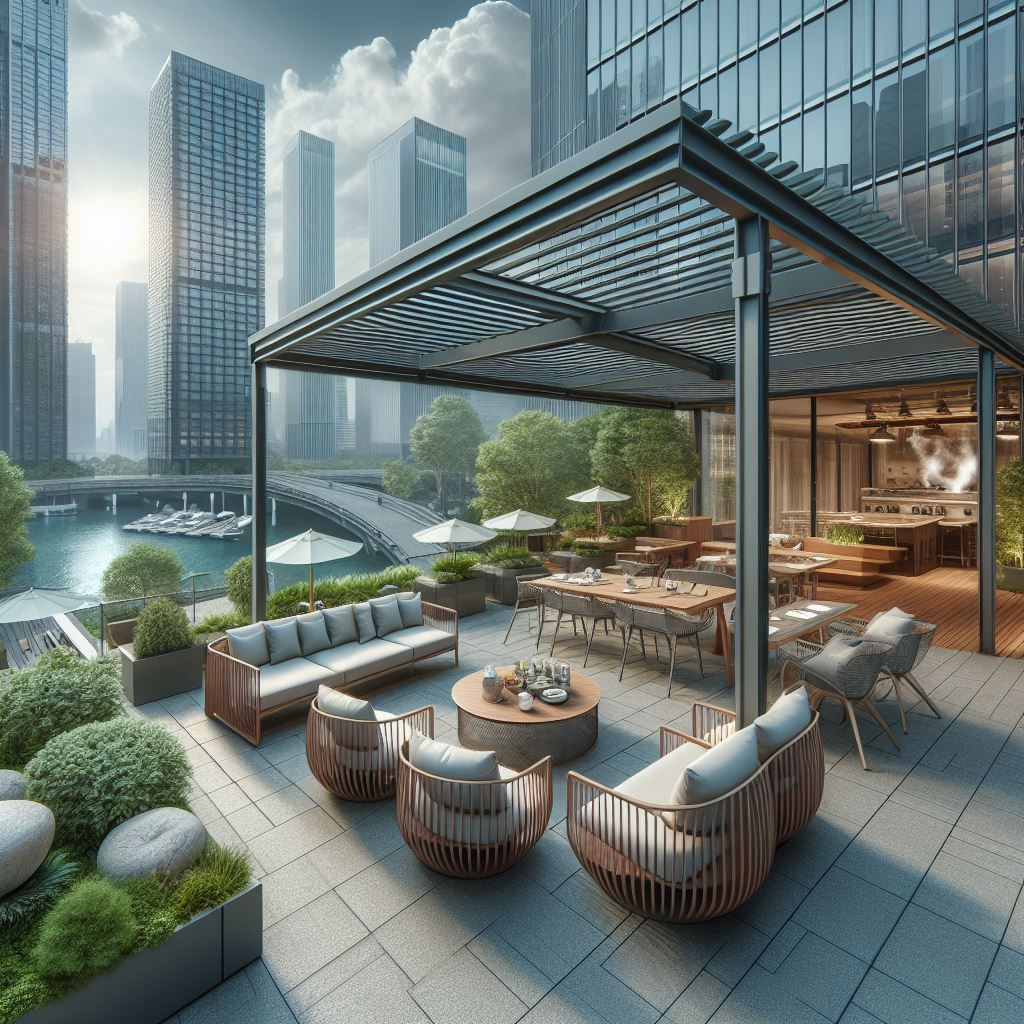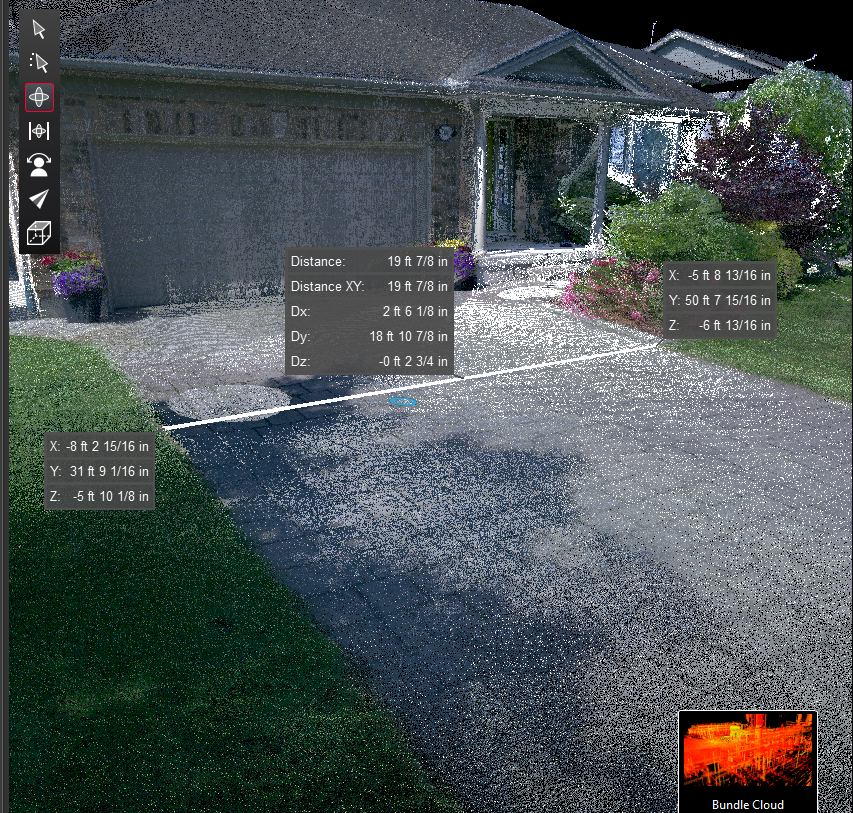Creating a comfortable outdoor patio space requires careful consideration of various factors to ensure an enjoyable and functional environment. Each element is crucial in enhancing the overall experience, from environmental conditions to physical and visual aspects. Let’s explore the essential requirements for designing comfortable outdoor patio spaces.
1. Environmental Factors:
– Sun/Shade: Determine the sun exposure throughout the day to strategically position seating and shading elements. Consider incorporating retractable awnings, pergolas, or umbrellas to provide shade when needed.
– Wind: Assess the wind patterns in the area to minimize its impact on the patio. Windbreakers, such as hedges, screens, or trellises, can help create a more sheltered space.
– Poor Weather: To increase usability, plan for protection from rain or other adverse weather conditions. Consider installing a waterproof canopy or covered patio with heating for year-round use.
2. Physical and Access Factors:
– Accessibility: Ensure easy access to the patio from surrounding buildings or areas. Incorporate ramps or pathways that comply with accessibility guidelines.
– Perceived Protection: Consider the patio space’s privacy and sense of security. Strategic placement of planters, walls, fences, or greenery can create a sense of enclosure and seclusion while balancing with surveillance needs to reduce unwanted behavior.
3. Visual Factors:
– Views Into Patio:
Design the patio visually appealing and welcoming from different angles. Consider both interior and exterior views. Incorporate attractive landscaping, focal points, or art installations.
– Views Out of Patio:
Use the surrounding views to enhance the ambiance by positioning seating areas or focal points to capture the best vistas while screening poor areas like busy roads or refuse storage.
4. Programming Features:
Understand who the patio users are and their requirements for seating, activities, and storage space. Is the space associated with a business, or will it be a personal patio? Each will have unique requirements that must be honored for a successful patio design.
Seating Areas:
Provide comfortable seating options for relaxation and socializing — elements like retaining walls and landforms can create informal seating options.
Garbage Storage:
Ensure proper waste management by incorporating discreet and convenient garbage storage solutions, such as hidden bins or enclosed cabinets.
Cooking:
Incorporate a cooking area with a grill or outdoor kitchen to enhance the patio’s functionality and entertainment value.
Other:
Depending on your users, the patio space could also include programming features such as, outdoor gyms or yoga area, gathering and teaching areas.
Remember to consult with a professional landscape architect or designer to ensure the optimal layout and implementation of these requirements for your outdoor patio space.
Further Reading
For further reading on this topic, you may find the following article helpful:
– A comprehensive review of thermal comfort studies in urban open spaces Link: https://www.sciencedirect.com/science/article/abs/pii/S0048969720336123
Summary
Creating a comfortable outdoor patio space involves carefully planning and considering many factors both within and beyond the patio space. The patio’s design can provide comfort and enhance your outdoor space’s overall aesthetics and functionality by addressing the environmental, physical, and visual elements.




